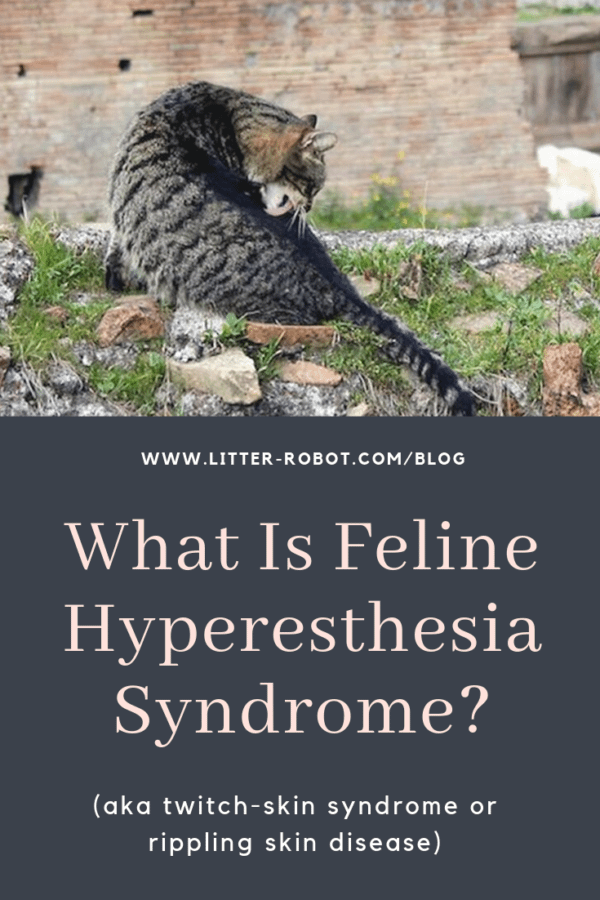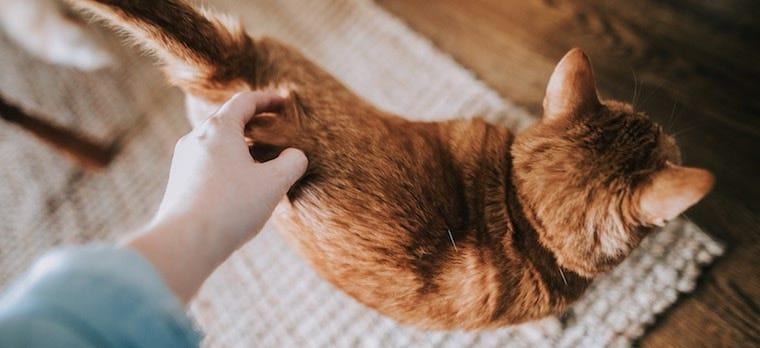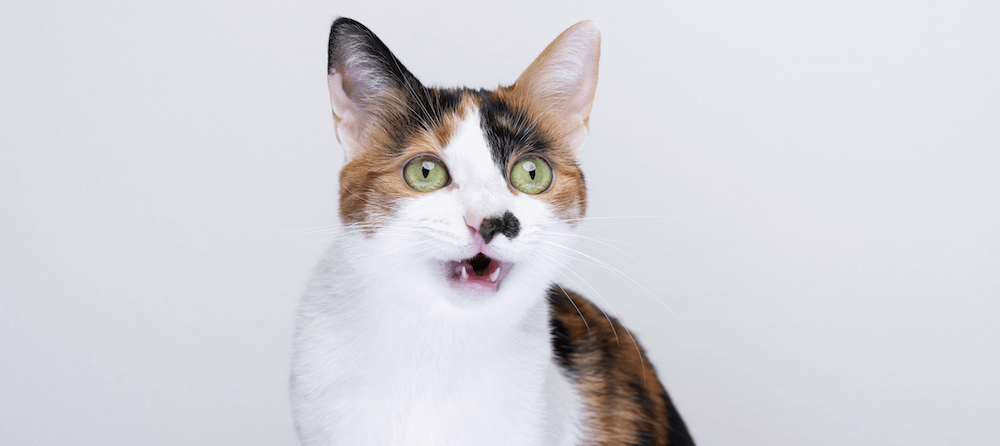Cats tend to display odd behaviors from time to time. But certain odd behaviors warrant a vet checkup—particularly when the symptoms point toward a condition known as feline hyperesthesia syndrome, also called twitch-skin syndrome or rippling skin disease. Find out what symptoms are associated with feline hyperesthesia and how the syndrome is treated.
What is feline hyperesthesia syndrome?
Feline hyperesthesia syndrome (FHS) is a rare, albeit troubling and “bizarre” disorder that’s also known as twitch-skin syndrome, rippling skin disease, or rolling skin syndrome. Feline hyperesthesia can occur in cats of all ages, but tends to arise in mature cats.
Although veterinarians generally characterize FHS as a seizure disorder, others also consider it an obsessive-compulsive condition. Why? Because most clinical episodes of the syndrome include brief but obsessive scratching, grooming, and running about.
Feline hyperesthesia symptoms
According to Cornell Feline Health Center, FHS symptoms typically occur as “brief bursts of odd behavior lasting perhaps only a minute or two at most.”

Most episodes begin when you touch or scratch the cat’s lower back region. Your cat may go from dozing peacefully to displaying the following dramatic symptoms, all in the space of 20 or 30 seconds:
- Scratching, biting, or licking at their back, flank area, or tail
- An observable rippling or rolling of the skin on their back
- Salivation
- Alarming vocalization
- Tail twitching
- Dilated pupils
- Uncontrolled urination
- Frantically running around the house
These symptoms can become especially troublesome if the hyperesthesia cat self-mutilates in an effort to curb the episode’s unpleasant effects, particularly through obsessive scratching and biting.
Diagnosing FHS
Feline hyperesthesia syndrome can be difficult to diagnose, especially because it is quite rare. If you notice any of the above symptoms in your cat, get him to the veterinarian to rule out other more likely medical conditions:
- Spinal problems such as osteoarthritis, pinched nerves, or slipped discs
- Skin disorders such as flea infestations, fungal infections, or mite infestations
Before coming to the conclusion that your cat has FHS, your vet will need to perform a variety of diagnostic steps. These may include a general physical and neurological exam, blood chemistry and urine analyses, x-rays, an MRI, and more.
Treating feline hyperesthesia syndrome
When it comes to treating a hyperesthesia cat, it’s imperative that you avoid any type of physical activity that may irritate or overstimulate the cat—such as scratching his back. Try to find ways to reduce your cat’s anxiety by creating a calm environment, providing gentle playtime and enrichment, and sticking to a routine. Keep the litter box clean and provide meals at the same time every day.
Some vets choose to treat FHS with medication, using one or a combination of the following:
- Anti-seizure medications, such as phenobarbital or gabapentin
- Anti-anxiety medications, such as amitryptiline or Prozac
- Anti-inflammatories, such as prednisone
The good news is, feline hyperesthesia tends to be a mild condition once it’s properly treated. Most of the battle is in diagnosing the syndrome—not to mention experiencing the scary, confusing symptoms a hyperesthesia cat may display. If you’re worried your cat may have FHS, talk to your veterinarian right away.
Cover photo by Christin Hume on Unsplash
Sources:





